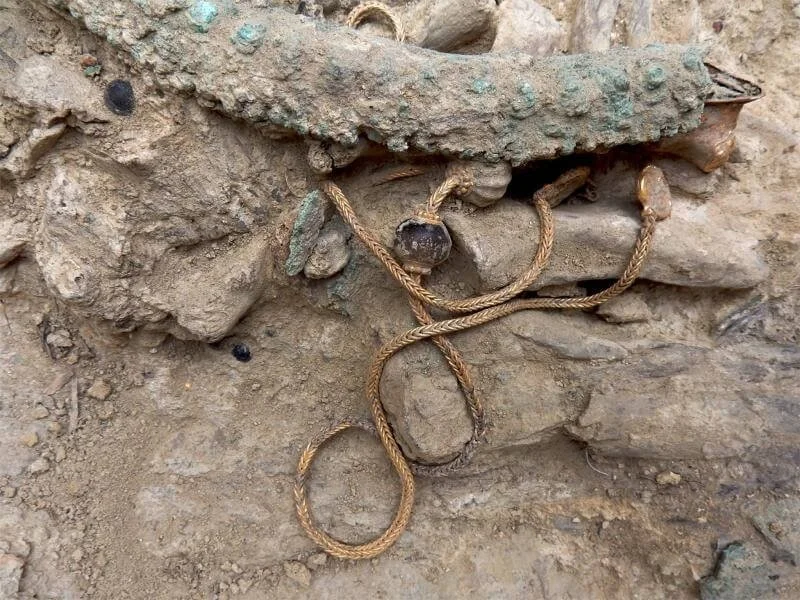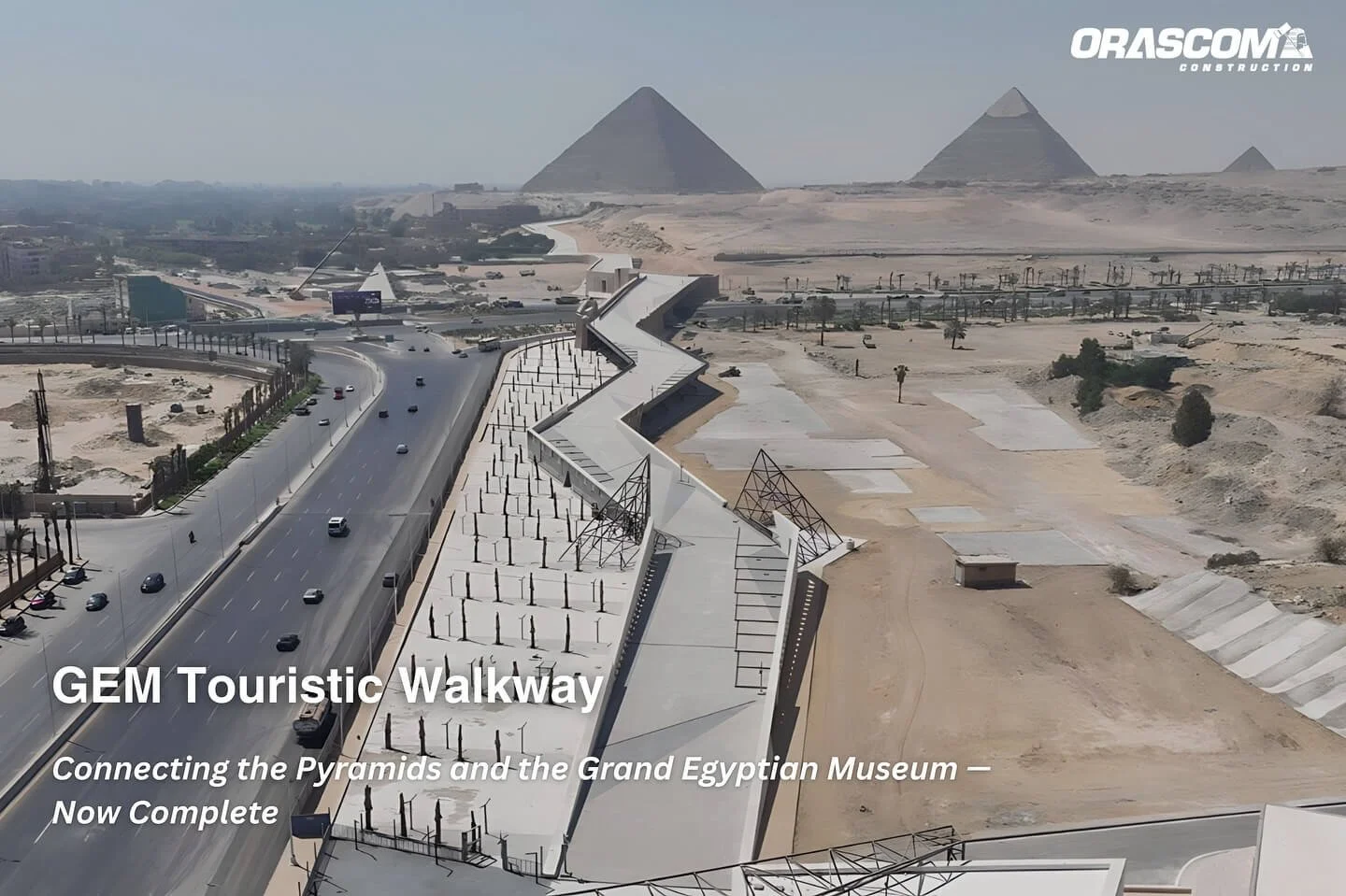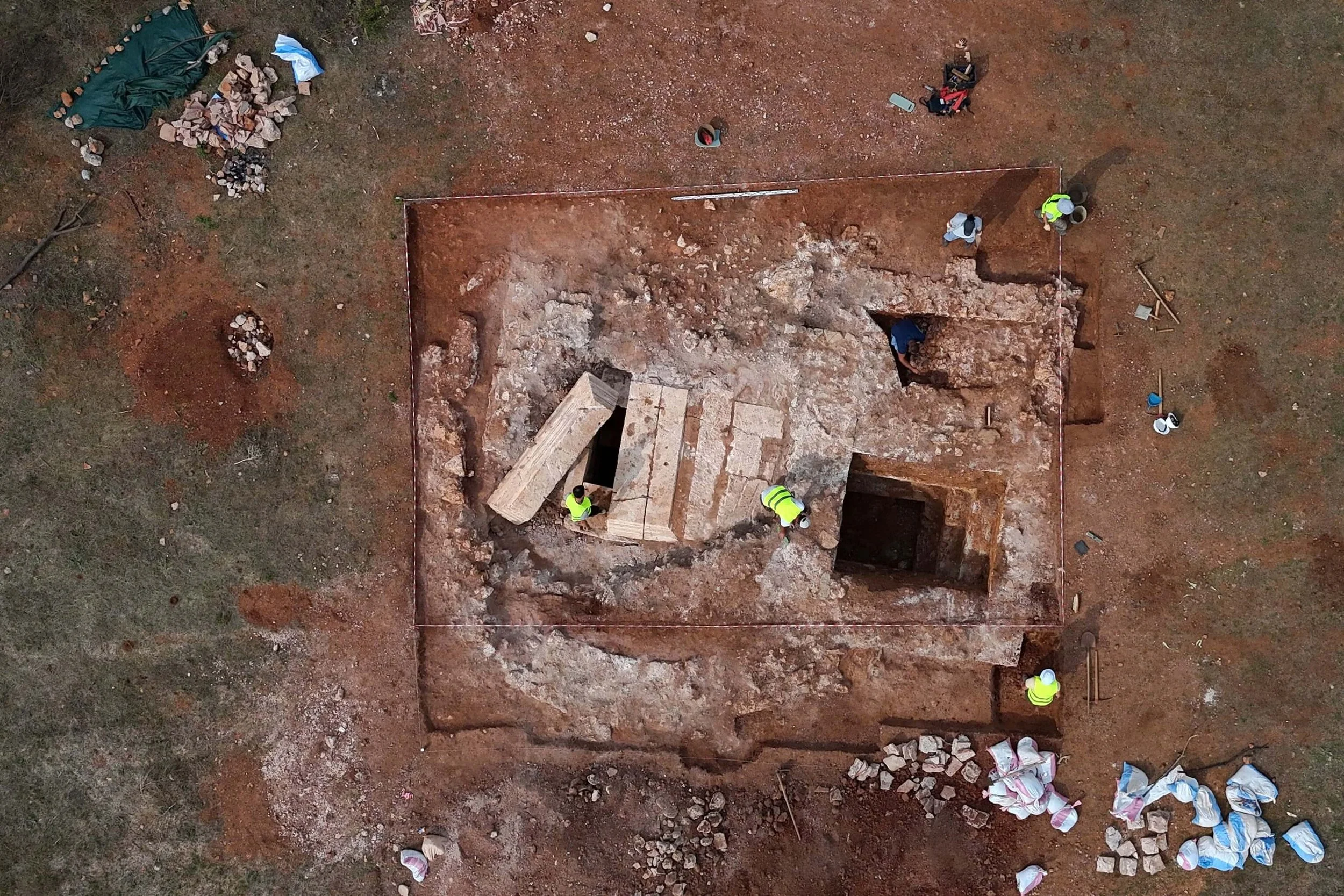A hundred and twenty years ago, divers discovered a shipwreck off the island of Antikythera in Greece. What they found changed our understanding of human history.
The mysterious Antikythera Mechanism has captured the imagination of archaeologists, mathematicians, and scientists ever since. Now, using the latest 3D x-ray and modelling technology, experts are unravelling the secrets of what this machine may have been capable of.
The Antikythera mechanism is an ancient Greek hand-powered orrery, described as the oldest example of an analogue computer used to predict astronomical positions and eclipses decades in advance. It could also be used to track the four-year cycle of athletic games which was similar to an Olympiad, the cycle of the ancient Olympic Games.
This artefact was among wreckage retrieved from a shipwreck off the coast of the Greek island Antikythera in 1901. On 17 May 1902 it was identified as containing a gear by archaeologist Valerios Stais. The device, housed in the remains of a 34 cm × 18 cm × 9 cm (13.4 in × 7.1 in × 3.5 in) wooden box, was found as one lump, later separated into three main fragments which are now divided into 82 separate fragments after conservation efforts. Four of these fragments contain gears, while inscriptions are found on many others. The largest gear is approximately 13 centimeters (5.1 in) in diameter and originally had 223 teeth.
In 2008, a team led by Mike Edmunds and Tony Freeth at Cardiff University used modern computer x-ray tomography and high resolution surface scanning to image inside fragments of the crust-encased mechanism and read the faintest inscriptions that once covered the outer casing of the machine. This suggests it had 37 meshing bronze gears enabling it to follow the movements of the Moon and the Sun through the zodiac, to predict eclipses and to model the irregular orbit of the Moon, where the Moon's velocity is higher in its perigee than in its apogee.
This motion was studied in the 2nd century BC by astronomer Hipparchus of Rhodes, and it is speculated that he may have been consulted in the machine's construction. There is speculation that a portion of the mechanism is missing and it also calculated the positions of the five classical planets.






